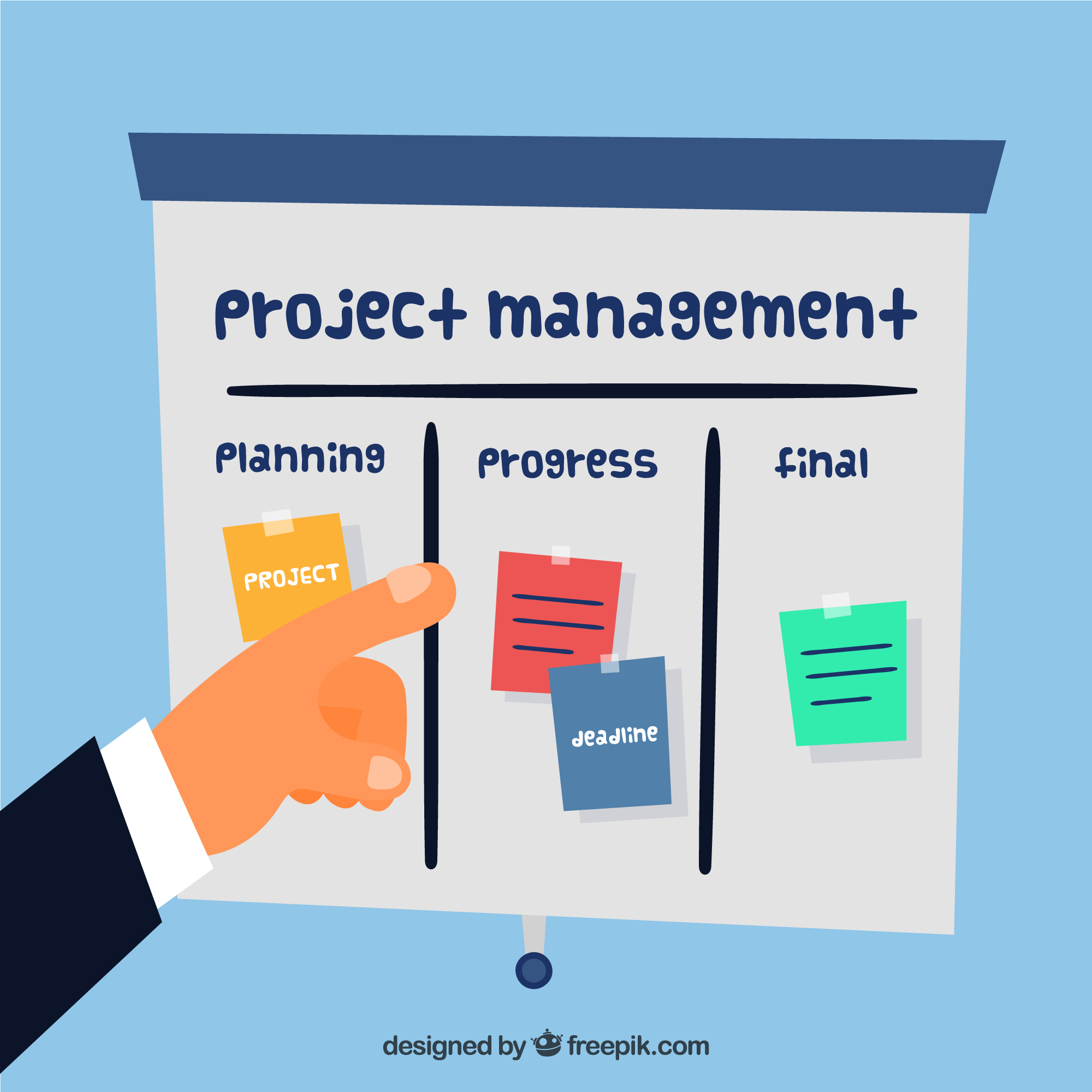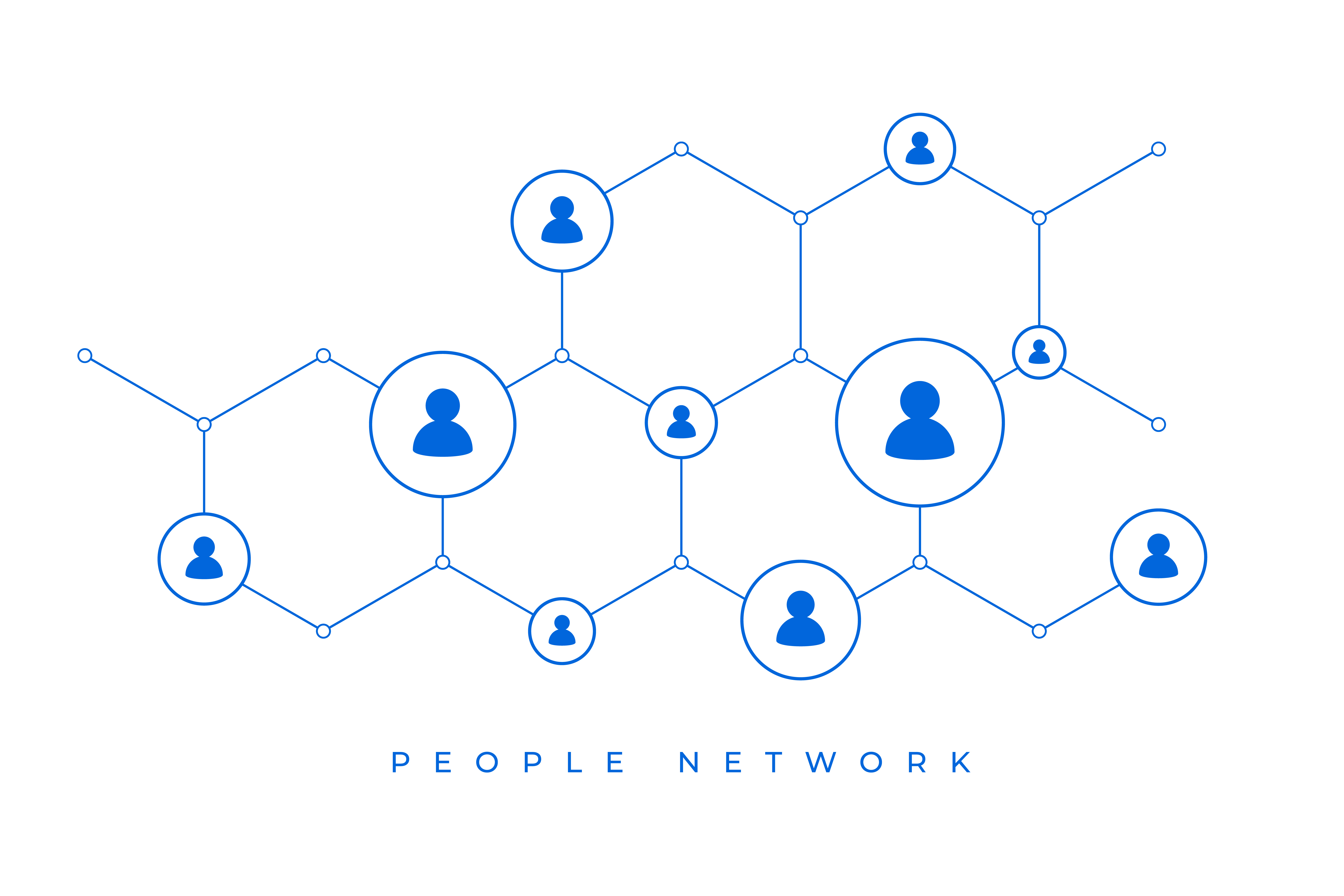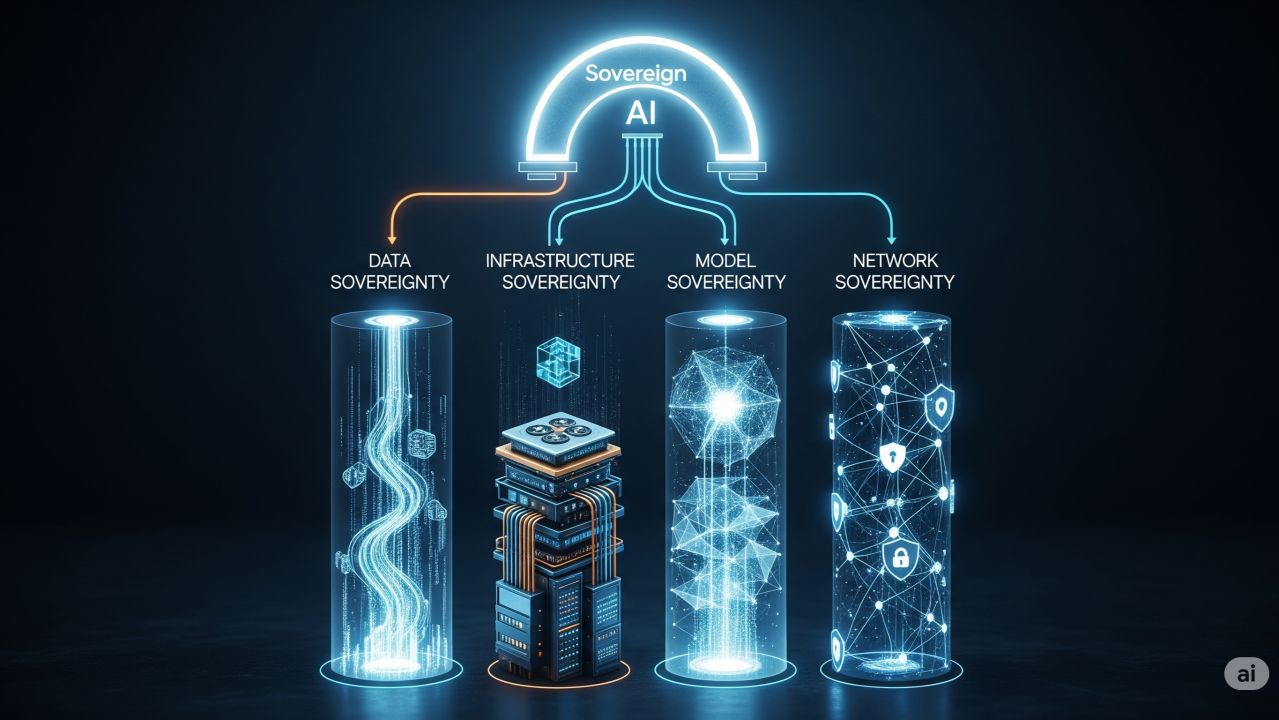Data Literacy
- Author :
- Date : 09 Aug 2025
- Time : 11 Min to read

Data Literacy: The New Must-Have Skill in Every Industry
In today's rapidly evolving business landscape, data literacy has become a non-negotiable skill across roles and sectors. Understanding data, interpreting analytics, and making data-driven decisions empower professionals from marketing, finance, and HR to operations, healthcare, and education. This in-depth exploration highlights the significance of data fluency, practical applications, and how structured training can strengthen your decision-making and career growth.
Why Data Literacy Is a Critical Professional Competency
- Enhances decision-making: Grounds opinions in real-world insights rather than intuition
- Drives productivity: Enables process automation and accurate forecasting
- Supports competitive advantage: Powers data-driven strategy and innovation
- Enables effective communication: Uses visualizations to convey complex information
- Improves outcomes: Optimizes customer engagement, cost control, and operational efficiency
What Data Literacy Really Means
Data literacy is more than understanding charts. It comprises:
- Data Interpretation: Analyzing trends, outliers, and summaries
- Basic Statistics: Understanding averages, variance, correlation
- Data Cleaning: Handling missing or noisy data for reliable analysis
- Data Visualization: Choosing the right chart types and design principles
- Technology Fluency: Using tools like Excel, Python pandas, or BI platforms
- Communication Skills: Translating insights into action through dashboards and reports
How Data Literacy Drives Success by Role
| Professional Role | Data Literacy Benefit | Example Use Case |
|---|---|---|
| Marketing Manager | Audience segmentation, campaign optimization | Target ads based on demographic trends and A/B test results |
| HR Specialist | Workforce analytics, diversity reporting | Track employee retention and performance trends |
| Finance Professional | Cash flow modeling, risk assessment | Build predictive models and scenario forecasts |
| Operations Lead | Inventory forecasting, quality monitoring | Optimize warehouse stock and detect process anomalies |
| Sales Director | Pipeline analysis and forecasting | Predict sales closures and identify high-value leads |
Data Literacy in the Decision-Making Process
Follow this structured data-driven decision flow:
- Ask the Right Question: Start with SMART business questions like "Which marketing channel delivers best ROI?"
- Collect Relevant Data: Use Google Analytics, CRM, SQL databases, surveys, or internal systems
- Process and Clean Data: Handle missing values, outliers, and format inconsistencies
- Analyze and Visualize: Use pandas, NumPy, Matplotlib, Power BI, or Tableau to explore data
- Interpret Results: Identify correlations, causations, and recommend data-backed actions
- Communicate Clearly: Share findings through engaging visuals and actionable insights
Common Data Literacy Tools and Techniques
- Excel and Spreadsheets: Pivot tables, filters, formulas for quick analysis
- Python pandas and Jupyter: Programmatic data cleaning and automation
- SQL: Querying databases and manipulating large datasets
- Visualization Tools: Power BI, Tableau, Excel charts for impactful presentations
- Basic Statistics: Descriptive and inferential methods for reliable insights
- Dashboard Design: Interactive visuals, KPIs, and storytelling components
Real-World Examples of Data Literacy in Action
- A sales team uses Excel to automate commission reports by region, saving 10 hours weekly
- A digital marketer uses Python scripts to scrape competitor pricing and identify market gaps
- An operations manager builds a Power BI dashboard monitoring sensor data for production anomalies
- An HR specialist correlates hire-to-exit timelines with engagement scores to improve retention
Supercharge Your Data Literacy with Training
Even basic familiarity with tools like Python and pandas accelerates data fluency. For structured, hands-on learning consider our Python Programming Course, designed for beginners wanting real-world data applications. You'll gain:
- Foundational Python knowledge for handling real datasets
- Practical library usage including pandas, NumPy, and Matplotlib
- Mini-projects automating workflows or visualizing information
- Personalized instructor feedback and collaborative learning
This course combines theory with practice to help you confidently manipulate and analyze data in your professional role.
Steps to Build Data Literacy in Your Role
- Define Your Data Goals: Choose a meaningful project like automating reports or analyzing ROI
- Select Appropriate Tools: Excel for spreadsheets, Python for scripting, or BI tools for dashboards
- Learn Through Doing: Clean sample datasets, calculate statistics, visualize trends
- Engage with Others: Join forums, coding communities, or internal data groups
- Document and Share: Build a portfolio of dashboards, notebooks, or reports
- Iterate and Expand: Progress from simple charts to predictive modeling
Measuring Data Literacy Progress
- Workflow Automation: Time saved via scripts or dashboards
- Data Projects Completed: Reports, visualizations, or basic models
- Insight Adoption: Uptake of data recommendations by team or management
- Skill Confidence: Comfort working with data and tools
- Career Impact: New responsibilities, promotions, or visibility
Best Practices and Data Ethics
- Maintain data quality and transparency in all analyses
- Consider data privacy and compliance standards (GDPR, HIPAA)
- Avoid misleading visuals and confirmation biases
- Use clear labels and purpose-driven dashboard design
- Document methodology and assumptions for reproducibility
Final Thoughts
Data literacy is now table stakes for modern professionals. It enhances analytical thinking, boosts efficiency, and empowers strategic decision-making across all industries. Structured learning—such as our Python Programming Course—accelerates this journey, giving you actionable skills to translate raw information into impactful insights.
Don't wait to become data-literate. Start building your data skills today and position yourself as a proactive, data-savvy professional ready for future challenges.
About the Author
Almothana Hasan, PMP®
Data and project management professional with expertise in analytics and business intelligence.
Related Posts




09 Aug 2025 • 11 Min Read
The Importance of Mentoring: How to Find a Great Mentor and How to Be One
None



09 Aug 2025 • 12 Min Read
The Art of Salary Negotiation: What Every Young Professional Should Know
None







09 Aug 2025 • 8 Min Read
Building a Personal Brand in the Digital Age: A Guide for New Professionals
None





